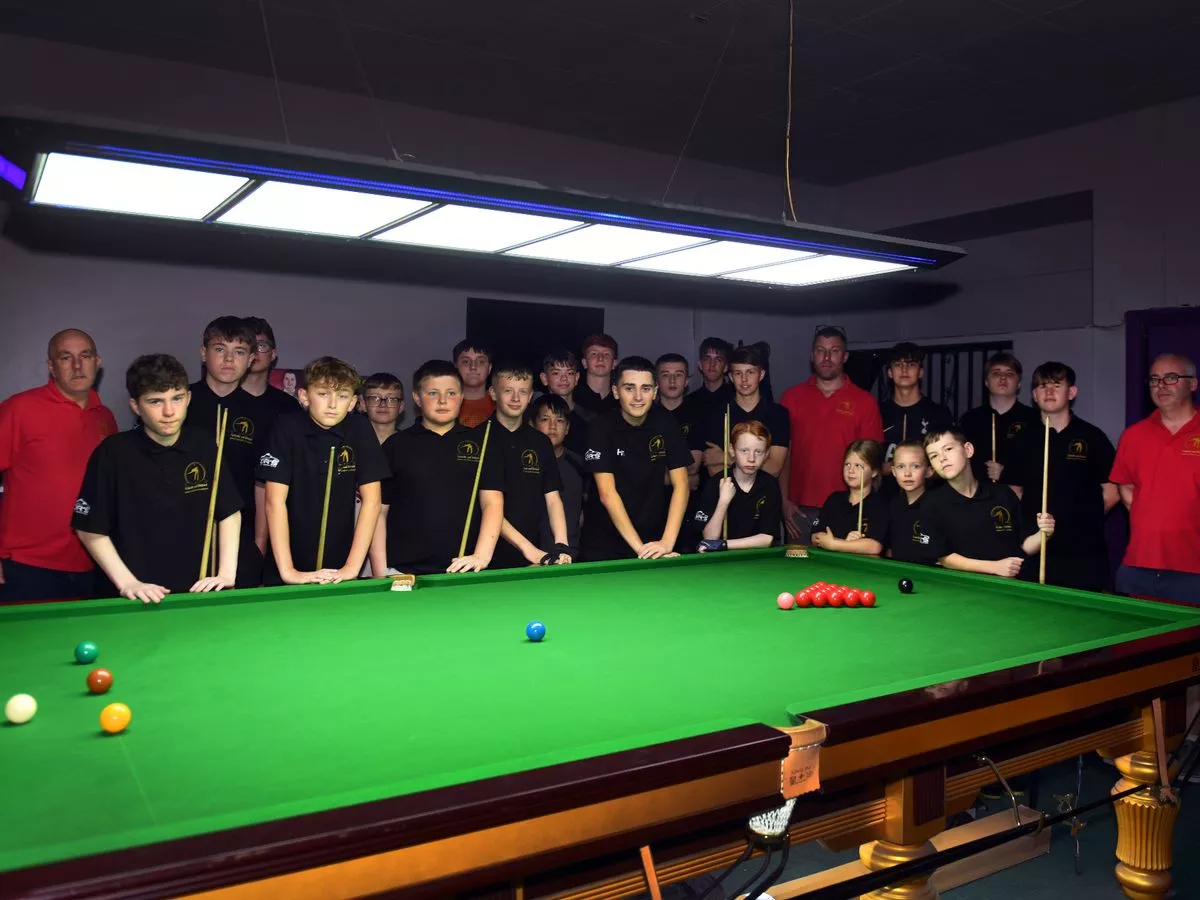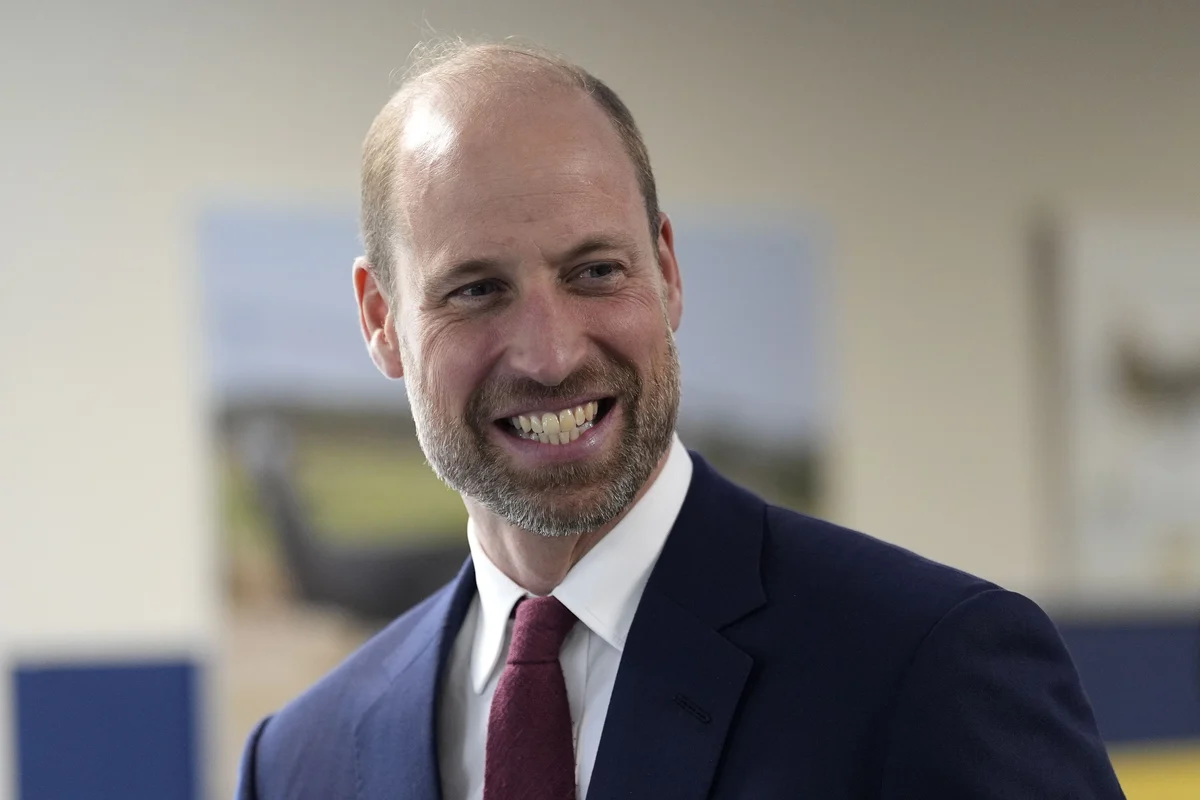Copyright Sports Illustrated

Formula 1's lasting presence in the United States is impressive on paper. Three races, Fortune 100 company investment, celebrity partnerships, and streaming deals. On the ground, though, much of the sport's real presence is being built by independent fan ventures, not the organization itself. As it stands, the extent of Formula 1's 'on-the-ground' involvement in sports culture is in the form of race weekend presence and F1 Arcades. However, with Arcade locations in only five cities and none in major hubs like NYC, LA, Austin, or Miami, there is still a significant gap in coverage. This poses the question: Can, should, and will Formula 1 do more to expand the sports' presence themselves? Thanks to fans, that gap is being filled without F1's direct involvement by people like Erin, the Co-Founder/Head of West Coast Pit Crew, Kevin, the General Manager of NYC Bar and F1 Hub, Feile (who have closed their doors this week) and Ojus, Founder of Esses Magazine. These are three examples of Formula 1 fans who took their 'fandom' to the next level by creating spaces and experiences in major cities around the United States, all with differing ideas about what it means for F1 to solidify their 'boots on the ground' presence around the country. From a One-Off Watch Party to California's 'Hottest' Motorsport Club What began as a watch party for some friends in the Los Angeles area promoted through an F1 meme page has transformed into one of California's most active and inclusive motorsport communities. All built by a group of female fans just looking for a place to watch races. 'Memes, fun, and irreverence' have been the center points to the creation of this community, according to co-founder, Erin Wolfe. Even with just 500 followers in the early days, West Coast Pit Crew events were hitting venue capacity, drawing American motorsport fans hungry for community. “We’ve somehow unlocked something with the grassroots marketing of it all... the fun meme style, the irreverency. It’s kind of the opposite of F1’s branding at the moment.” Erin Wolfe, Co-Founder Over time and quite rapidly, the organization expanded to five bars in California and even across state lines. This style of fan-building clearly works — packing bars, growing across state lines, and drawing figures like F1 Strategist Ruth Buscombe. Formula 1 itself, though, has remained on the sidelines. "I think the number one thing that will keep an organization running is accessibility. The general population needs to be involved and feel good about it. F1 has been failing on that front for a long time - I think that's why West Coast Pit Crew has done so well." Erin Wolfe, Co-Founder Exclusivity might build mystique, but it doesn’t build community. While Formula 1 doubles down on premium experiences in America (F1 Las Vegas as the blueprint), groups like West Coast Pit Crew are thriving by creating spaces where fans feel seen, heard, and welcomed. Wolfe and her team aren’t trying to replicate F1’s polished brand by any means. They’re building something that is deeply fan-driven. That success raises a question: if communities like this are doing the heavy lifting, in Erin's words "the grassroots marketing," why isn’t F1 more involved? Saying Goodbye to F1's Home in NYC The question of F1's lack of presence in major cities doesn't just reign true for Los Angeles, but on the other coast of America in New York City, where another fan hub has just closed its doors after over a decade of race-weekend community. As a Formula 1 fan in New York City, the question that you'll be asked without fail on a Formula 1 Race weekend is "Are you going to Feile?" For years, the midtown-based Irish Bar was the gathering place for Formula 1 fans. A place where, according to its Manager, Kevin Ryan, 7 a.m. races drew lines around the block and tables were gone weeks in advance. Kevin ran these events for over 15 years and saw the U.S. fanbase evolve firsthand. From day one to its final days in October 2025, he confirmed that there was no outreach, no partnership, and no acknowledgment from Formula 1 itself. That absence feels strange in a city like New York — one of the most global cities in the world, much like Formula 1. Teams have hosted car launches here and Formula 1 premiered their movie here, but these one-off events are the extent. Despite the natural alignment, there’s no consistent presence from F1 in the city. Even so, I asked Kevin his thoughts on the success of an F1 Arcade in NYC as someone who has run a bar so similar in theme. He was succinct in his thoughts. 'New York is too special for a chain like F1 Arcade to do well. You can't just open the doors and think it's going to work. It has to be trendy. It has to be 'New Yorked'. It can't be plug-and-play." Kevin Ryan, Manager, Feile It's not that the audience isn't here — it is, because it's already been built by fans. For over a decade, Feile filled that role (along with sister bar, Stout). Now, with their closure, the question isn't just 'why isn't F1 more involved?' — it's 'would their version of involvement be enough?' Creating a Passport to the World of Formula 1 in Print and in Person The discussion of F1's physical footprint doesn't just extend to major U.S. cities without races, but to tangible forms of art, media, and culture. Esses Magazine, for example, is showing fans what's possible when storytelling and community meet the energy of Formula 1 weekends. Founded by Ojus Jain in 2024, Esses blends global culture with motorsport, creating content, sourcing stories that aren't covered by traditional media, and ideating in-person experiences that resonate with fans far beyond the paddock. Esses, however, has found success in working with drivers, sponsors, and teams, proving that fan-led projects can successfully shape how Formula 1 is experienced. “We wanted to give people something real to connect with... something that felt like their world is colliding with the sport they love.” Ojus Jain, Founder, Esses Magazine While Formula 1 hasn't come to the plate just yet, the teams, drivers, and sponsors absolutely have. Esses' Austin pop-up "Esses Bazaar" was produced in concert with Visa and Cash App, offering fans more than just a 'branded booth' or store. Esses Bazaar and the magazine itself have given fans a space to gather, eat, and celebrate the culture of Formula 1 alongside the very drivers they cheer for and stories they consume. Jain has consistently worked with drivers like Yuki Tsunoda, Liam Lawson, and Isack Hadjar, not just in print, but in-person. This model, where sponsors, teams, and drivers work alongside a fan-led business, is the perfect example of what it takes to create a Formula 1 community and fill the necessary experiential gap in the United States. “We’ve found that brands are eager to reach this passionate, young audience. They want to create something meaningful. Drivers have been generous with their time, because they see the value in connecting with fans on a human level.” Ojus Jain, Founder, Esses Magazine Ojus hit the nail on the head. This is exactly what American F1 Fans want: community, access, and human connection — the integral pieces to American sporting culture. Formula 1 as an organization by no means has to reinvent the wheel. It just needs to show up where the energy and momentum already exist. Can F1 evolve to meet American Fans where they are? From coast to coast, Formula 1 Fans are showing up to build the culture on the ground that Formula 1 has yet to achieve in the U.S. Whether it's West Coast Pit Crew's watch parties and events in California, long-standing race hubs in New York, or creative media projects like Esses Magazine, fans, sponsors, and even drivers are filling in the gaps in Formula 1's presence in America. F1 and Liberty Media have heavily invested in the digital image of the sport in America, with the Apple TV broadcast deal and F1 The Movie feature film. Even with branded venues like F1 Arcade popping up in select American cities, visibility isn't the same as presence. The physical and cultural footprint of F1 in America lags behind. What fans need in America is community and accessibility, and the question isn't whether fans will keep showing up to fill that gap. It's whether Formula 1, as a sporting organization, will.



